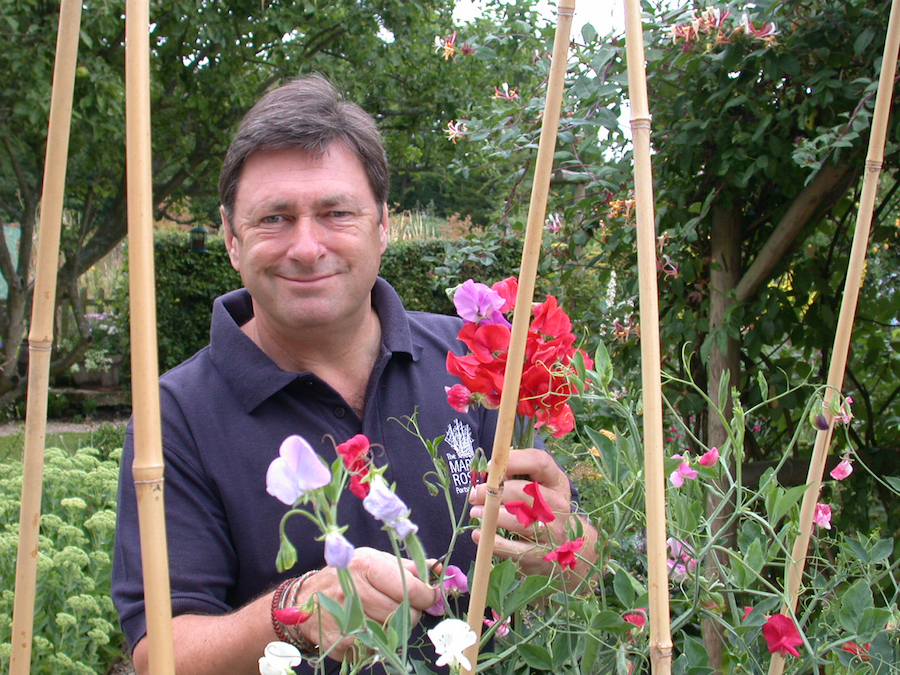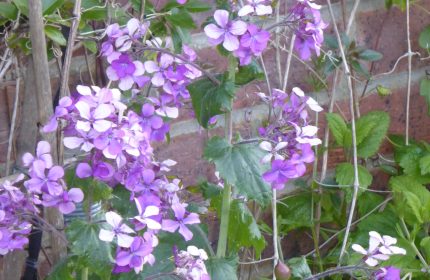Alan Titchmarsh explains how to create a metre for butterflies
Alan Titchmarsh is calling on gardeners to make a metre for wildlife this summer, by providing a refuge for struggling butterflies, moths and other pollinators.
Launching Butterfly Conservation’s ‘Plots for Pollinators’ campaign, Titchmarsh, the charity’s vice president, says: “The future of our butterflies, moths and other pollinating insects is under threat, as the places where they live are disappearing. The cold start to spring may affect how some butterflies fare this year, as they could experience a delayed emergence, meaning they’ll have less time to feed and breed – but you can help by creating some ‘plots for pollinators’.
“There are so many different flowers that are great nectar sources, like catmint, cosmos or calendula,” he adds. “See if you can find just one square metre and you could attract lots of butterflies this spring and summer, like my favourite – the red admiral.

Small tortoiseshell butterfly numbers are decreasing
“It doesn’t have to be on the lawn either – you could create a vertical garden on a bit of unused wall or fence and this would make a huge difference for pollinators.”
The project encourages people to set aside one square-metre of their garden or outdoor space to plant a nectar-rich flowerbed, or a colourful container garden. Previously widespread species, such as the small tortoiseshell and garden tiger moth, have seen their numbers plummet in recent years.
Here, Titchmarsh offers some top tips on creating plots for pollinators…
1. Select your space

Measure out one square-metre of outdoor space and fill it with open-flowered, nectar-rich plants. Choose a sunny, sheltered position and group pots together on a patio, grow plants up a fence or wall, or commit an area of a flowerbed.
2. Keep watering

Keep the soil moist
Water your plot regularly – ideally from a water butt, as this is more environmentally friendly. Frequent watering prevents plants from drying out during a spell of hot weather, especially when in containers, and helps flowers to produce more nectar. Remember to water the soil not the plant, as larger leaves can act as an umbrella which prevents water getting to the roots. Remove the rose from your watering can to get nearer the plant base if necessary.
3. Lay a mulch

Lay a mulch to keep moisture in
Put a layer of mulch on the surface of the soil around the plants, to help prevent water evaporation and suppress weed growth.
4. Use peat-free compost

Use peat-free compost
Always choose peat-free compost and cut down on your use of plastic. Use recyclable and recycled containers or be creative and turn tins and tubs into plant pots. Remember to drill drainage holes in the bottom to prevent waterlogging.
5. Dead-head blooms

Dead-head blooms regularly
Dead-heading after flowering keeps plants looking attractive and encourages more blooms.
6. Get neighbours involved

Inspire your neighbours to plant a plot for pollinators to create a flowery ‘super highway’ for the pollinating insects where you live.
7. Avoid chemicals

Pick off slugs by hand
Avoid using harmful pesticides, by removing slugs and snails by hand instead. Night is the best time to catch these marauding molluscs in action. Once caught, release them at a safe distance from your plot.
The Plots for Pollinators project will run throughout spring and summer.
The Press Association
Latest posts by The Press Association (see all)
- World Penguin Day: Test your knowledge with our penguin-themed quiz - April 23, 2024
- Kate’s new photo of Louis released to celebrate prince’s sixth birthday - April 23, 2024
- Alan Titchmarsh: Slugs are never going to be my friends - April 23, 2024
- Prince Louis celebrates sixth birthday - April 23, 2024
- Special episode of Planet Earth III to be narrated by schoolchildren - April 22, 2024






















